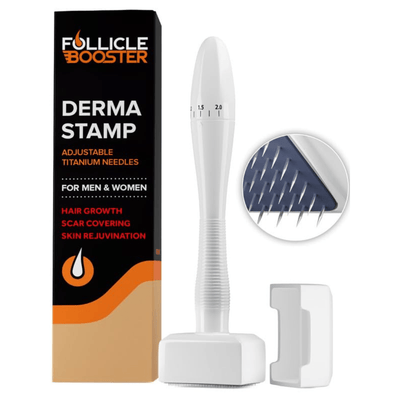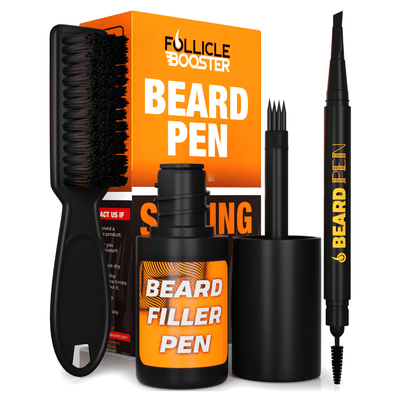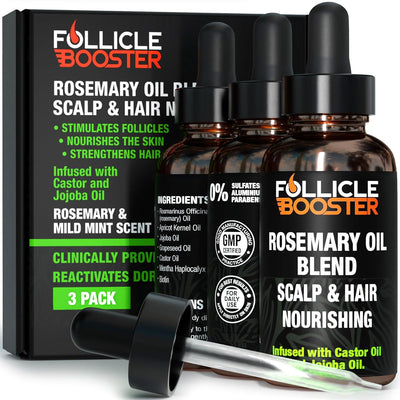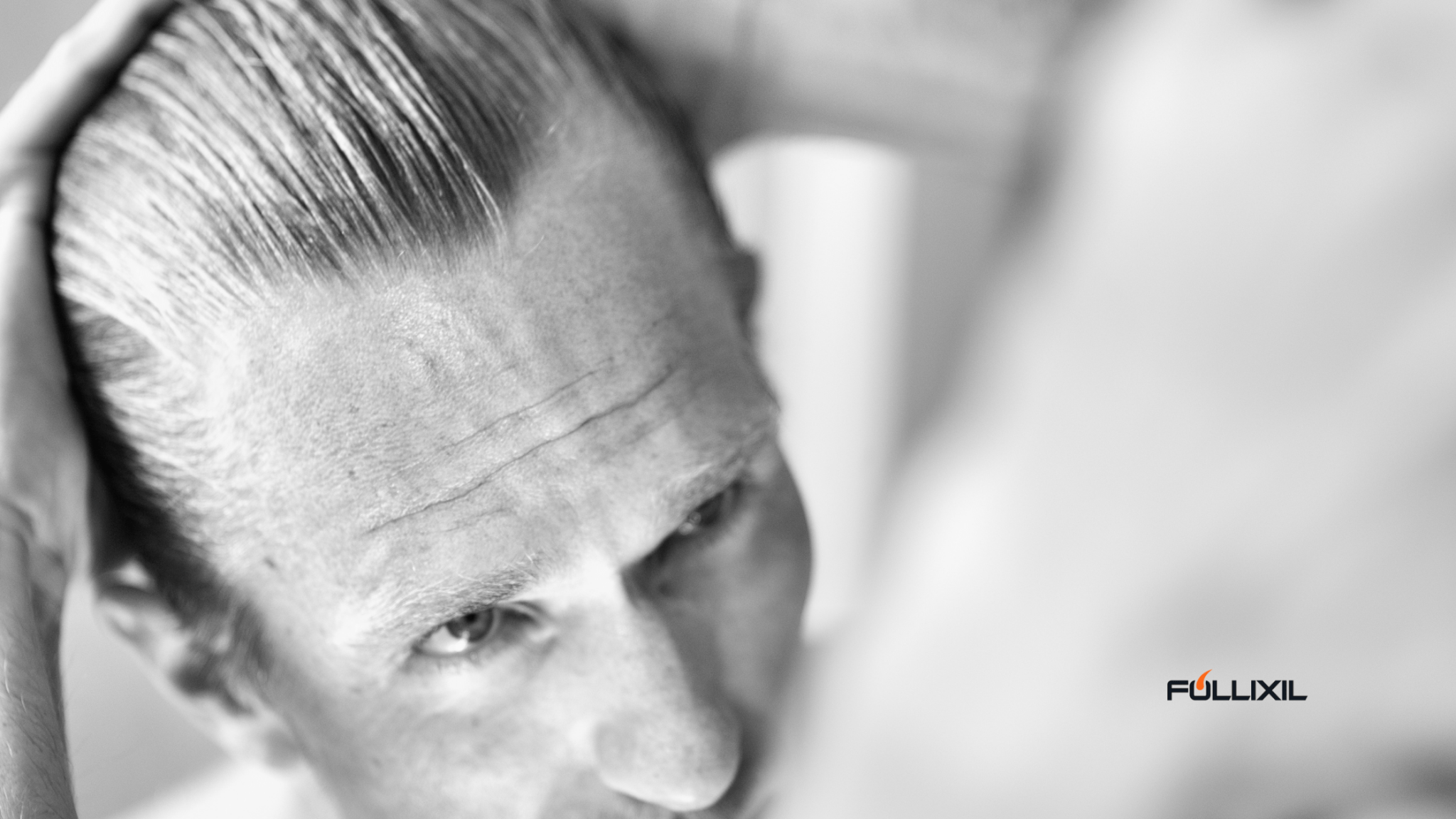As we age, our bodies undergo various changes; one common transformation is the maturing of our hairline. A matured hairline is a natural part of aging, often mistaken for the onset of balding. Understanding a mature hairline and how to care for it can help you maintain a healthy, confident appearance.
What is a Matured Hairline?
A matured hairline is when it gradually recedes slightly from its youthful position. Typically, this change occurs in men during their late teens to early twenties, but it can also happen later. Unlike male pattern baldness, which involves significant hair loss and thinning, a matured hairline is a natural and subtle shift. The hairline recedes but then stabilizes, forming a more defined, often slightly higher hairline.
Identifying a Matured Hairline
- Subtle Recession: The hairline moves back slightly, usually by about 1 to 1.5 cm. This recession is generally uniform and doesn't result in significant bald spots or hair loss.
- Stable Shape: After the initial downturn, the hairline stabilizes and doesn't continue to recede rapidly.
- No Thinning on Top: Unlike male pattern baldness, a matured hairline doesn't usually involve thinning hair on the crown or top of the head.
-
Age Factor: This change typically happens in late adolescence to early adulthood.

Caring for a Matured Hairline
-
Healthy Hair Care Routine:
- Use a mild shampoo and conditioner to keep your scalp clean and your hair moisturized.
- Avoid harsh hair treatments and styling products that can damage lead to hair loss.
- Regularly trim your hair to maintain a neat appearance.
- Minoxidil, derma stamp and active massage.
-
Balanced Diet:
- Ensure your diet is rich in vitamins and minerals that promote hair health, such as biotin, vitamin E, zinc, and iron.
- Incorporate foods like eggs, nuts, seeds, leafy greens, and fish into your diet.
-
Minimize Stress:
- Chronic stress can negatively impact hair health. Practice stress-relief techniques such as meditation, yoga, or regular exercise.
- Ensure you get enough sleep and maintain a healthy work-life balance.
-
Consider Hair Supplements:
- Hair supplements containing biotin, collagen, and other essential nutrients can support hair health.
- Always consult with a healthcare provider before starting any new supplements.
-
Explore Styling Options:
- Embrace hairstyles that complement your matured hairline. Shorter haircuts can often make a receding hairline less noticeable.
- Consider using hair thickening products or volumizing sprays to add fullness to your hair.
When to Seek Professional Advice
While a matured hairline is generally a natural part of aging, significant or rapid hair loss may indicate other underlying issues. If you notice extensive hair thinning or bald patches or are concerned about your hairline, it's wise to consult a dermatologist or a hair specialist. They can provide personalized advice, diagnose potential conditions, and suggest treatments or lifestyle changes to improve hair health.
Embracing Your Matured Hairline
Accepting and embracing a mature hairline is essential for your self-confidence. Remember that it's a normal part of aging, and with proper care and styling, you can continue to look and feel your best. Whether you adapt your hairstyle, improve your hair care routine, or seek professional advice, taking proactive steps will help you maintain healthy, vibrant hair.












